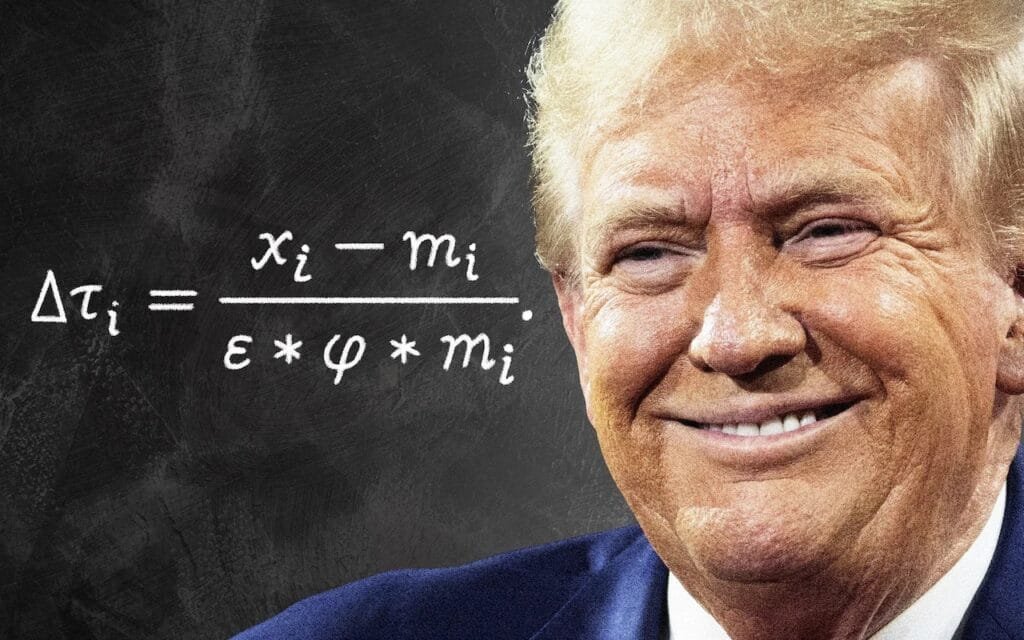Understanding Tariffs: The Presidential Power Debate

The Constitutional Basis of Tariff Authority
The authority to impose tariffs and regulate international trade is grounded in the United States Constitution, specifically within Article I, Section 8. This section explicitly grants Congress the power “to lay and collect Taxes, Duties, Imposts and Excises,” as well as to regulate commerce with foreign nations. By clearly delineating this power, the framers of the Constitution intended to ensure that decisions regarding trade and tariff policies would reside in the legislative branch, reflecting a foundational principle of checks and balances.
One of the critical points of contention in the modern debate about presidential authority over tariffs is the interpretation of these congressional powers. The Constitution does not provide the president with explicit authority to unilaterally impose tariffs, thus establishing a clear limit on executive power. Historically, any significant changes to tariff policies have relied on congressional approval, allowing for broader debate and consideration of the potential impacts. This delineation seeks to protect economic interests across various sectors and prevent any potential abuse of power that could arise from unilateral executive action.
However, within the realm of international relations and national security, the president is often granted greater leeway. For instance, the Trade Expansion Act of 1962 and the International Emergency Economic Powers Act have been invoked in some instances to allow for emergency tariffs. These acts illustrate a nuanced perspective in which the executive branch can respond more flexibly to international economic conditions, yet they underscore the importance of remaining within the constitutional framework that prioritizes congressional authority in trade matters.
As contemporary discussions surrounding tariffs evolve, returning to the Constitution’s clear delegation of authority becomes increasingly essential, emphasizing the importance of legislative oversight in protecting economic stability and ensuring democratic governance in trade practices.
The Emergency Powers and Trump’s Tariff Authority
The invocation of emergency powers by a sitting president has historically allowed for expanded authority in times of perceived crises. During the Trump administration, this concept became particularly relevant in the context of tariffs. In March 2018, then-President Trump announced tariffs on steel and aluminum imports, framed as a national security measure under Section 232 of the Trade Expansion Act of 1962. This legislative provision grants the president the ability to impose tariffs without immediate congressional approval if the importation threatens national security, thus presenting a significant pivot in tariff authority.
The circumstances leading to President Trump’s assertion of emergency powers can be traced to concerns about foreign competition impacting vital industries and potential national security risks. The Republican-controlled Congress played a notable role in this context, supporting the administration’s position while maintaining a delicate balance of power between legislative and executive branches. The implications of classifying tariff actions as emergency measures are profound. By utilizing such an interpretation, the Trump administration effectively bypassed traditional trade negotiation processes, which typically involve extensive dialogue and compromise with Congress and various stakeholders.
This tactic of leveraging emergency powers has raised questions regarding the extent of executive authority in economic policy. However, it has also brought to light the need for clear definitions around what constitutes an emergency in trade matters. Critics argue that this approach could set a dangerous precedent, potentially allowing future administrations to exploit similar mechanisms for broader economic control. As the debate continues, understanding the implications of tariff actions deemed emergency measures will remain crucial for assessing the future of presidential power within the realm of trade and economic policies.
Congress’s Role in Repealing Tariffs
The process by which Congress can repeal tariffs enacted under emergency powers is intricate and multifaceted, involving various legislative steps and political considerations. Initially, Congress must pass a bill that specifically targets the tariffs in question. This involves drafting legislation that outlines the desired alterations or repeals. The committee system plays a crucial role here; relevant committees will review the proposed bill, with members debating its merits. This step is vital, as it sets the stage for how extensively the proposed changes will be considered by the full chamber.
After committee approval, the bill is then brought to the floor of both the House of Representatives and the Senate for further debate and voting. This is where political challenges often emerge. The representatives and senators must weigh the interests of their constituents against the broader economic implications. Tariffs can significantly impact different sectors of the economy, affecting consumers, businesses, and international trade. As such, Congress members often face pressure from varying stakeholders—while some may advocate for the removal of tariffs to lower consumer prices, others may support their retention to protect domestic industries from foreign competition.
Moreover, if contentious issues arise, the legislative process might encounter delays or complications, potentially stalling the repeal. Lobbying from interest groups can also influence the debate, as industries affected by tariffs may exert considerable efforts to sway congressional votes either in favor or against the repeal. Ultimately, the ramifications of repealing tariffs extend beyond politics, impacting the everyday lives of American consumers. By understanding the legislative pathways and challenges Congress faces in tariff repeal, one can better appreciate the complexities of trade policy and its implications for the national economy.
The Impact of Tariffs on U.S. Consumers and the Economy
Tariffs have become a prominent tool in international trade policy, yet their implications for U.S. consumers and the overall economy are complex and multifaceted. When tariffs are imposed, the immediate effect is an increase in prices for imported goods. As businesses are required to pay higher taxes on goods coming from other countries, these costs tend to be passed on to consumers through increased retail prices. This phenomenon not only affects consumers directly but also results in a ripple effect that can touch various sectors of the economy, creating inflationary pressures that may erode consumer purchasing power.
Furthermore, tariffs can alter trade relations, prompting retaliatory measures from other countries. Such shifts can lead to a decrease in exports, impacting American industries reliant on international markets. For instance, if foreign governments respond with their own tariffs on U.S. goods, American manufacturers may find their products less competitive abroad, potentially resulting in job losses and reduced economic growth. This fragility underscores the argument that a tariff-heavy policy may have long-term detrimental effects on both job creation and consumer welfare.
It is essential to recognize that the burden of tariffs ultimately falls on consumers. As prices rise and economic growth slows down, the debate intensifies around whether Republican leaders should be held accountable for tariff decisions. Critics argue that these policies disproportionately hurt middle and lower-income households, who spend a larger portion of their income on goods affected by tariffs. Hence, understanding the broader impact of tariffs is not merely an economic consideration; it embodies a political and social examination of how such policies shape the lives of everyday Americans.



